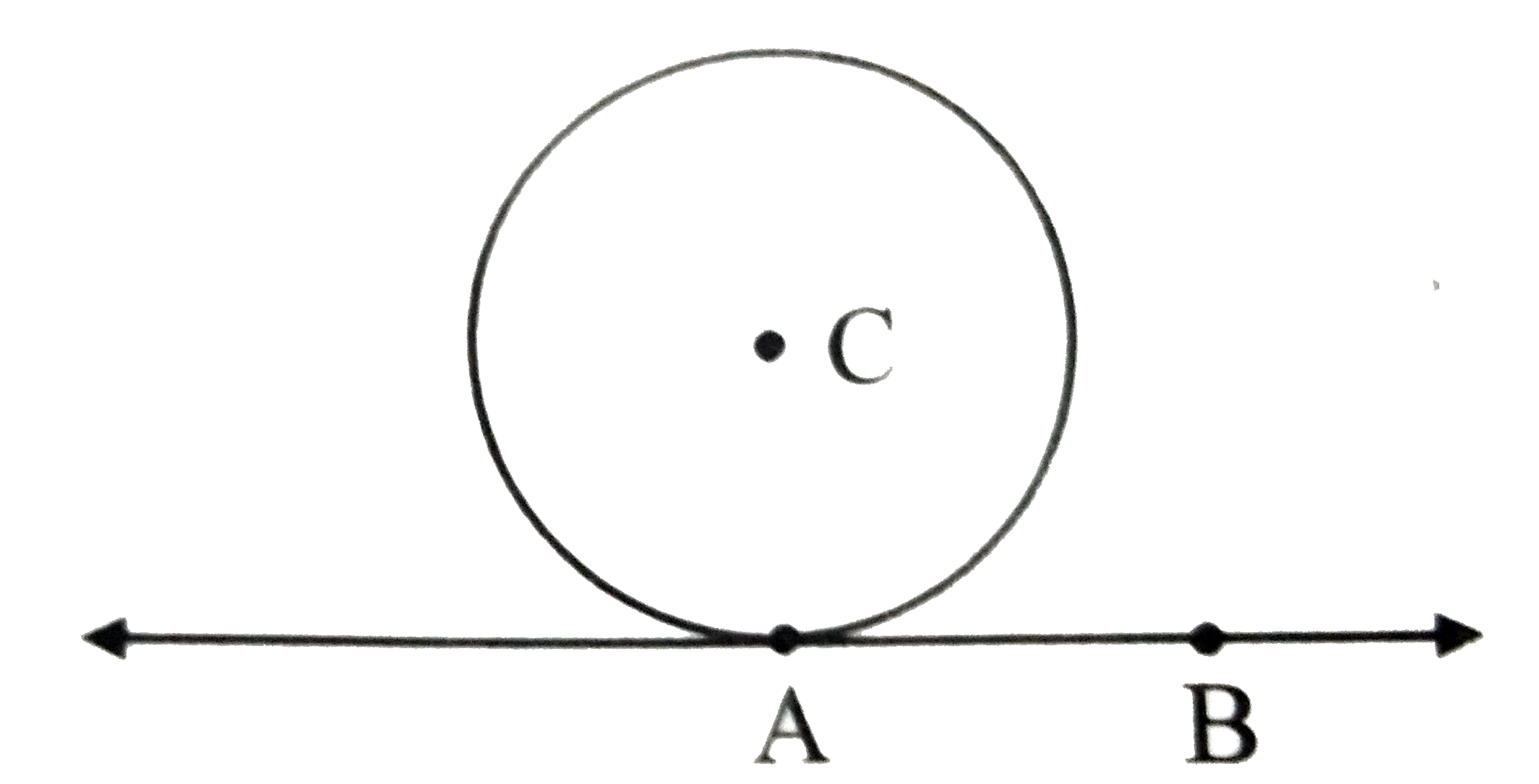In the given figure ,
(i) the radii of the circles with centres A and B are 3cm and 4cm respectively.
(ii) the radii of the circles with centres A and B are 4cm and 3cm respectively.
Find
(i) d(A,B) in figure (a)
(ii) d(A,B) in figure (b)
 Solution in Marathi
Solution in Marathi
The correct Answer is:(i) ∴d(A,B)=7cm (ii) ∴ d(A,B)=1cm
Step by step video & image solution for In the given figure , (i) the radii of the circles with centres A and B are 3cm and 4cm respectively.(ii) the radii of the circles with centres A and B are 4cm and 3cm respectively.Find (i) d(A,B) in figure (a) (ii) d(A,B) in figure (b) by Maths experts to help you in doubts & scoring excellent marks in Class 10 exams.
Updated on:21/07/2023Topper's Solved these Questions
- CIRCLEBOOK - TARGET PUBLICATIONCHAPTER - CIRCLEEXERCISE - Practice Set 3.1
4 Videos
- CIRCLEBOOK - TARGET PUBLICATIONCHAPTER - CIRCLEEXERCISE - Practice Set 3.2
3 Videos
- CIRCLEBOOK - TARGET PUBLICATIONCHAPTER - CIRCLEEXERCISE - Lets recall
1 Videos
- CHALLENGING QUESTIONS BOOK - TARGET PUBLICATIONCHAPTER - CHALLENGING QUESTIONS EXERCISE - CHAPTER-1 :Linear Equations in Two Variable
1 Videos
- CO-ORDINATE GEOMETRYBOOK - TARGET PUBLICATIONCHAPTER - CO-ORDINATE GEOMETRYEXERCISE - CHAPTER ASSESSMENT
15 Videos
Similar Questions
In the adjoining figure, the radius of a circle with centre C is 6cm,
line AB is a tangent at A. Answer the following question
(i) What is the measure of ∠CAB? Why?
(ii) What is the distance of point C from line AB? Why?
(iii) d(A,B)=6cm, find d(B,C).
(iv) What is the measure of ∠ABC ? Why?

View SolutionTwo circles having radii 3.5 cm and 4.8 cm touch each other internally.Find the distance between their centres.

View SolutionWhich theorem do we use in proving that hypotenuse is the longest side of a right angled traingle?

View SolutionSum of two numbers is 97. If the greater number is divided by the the smaller, the quotient is 7 and the remainder is 1. Find the numbers.
View SolutionChoose the correct alternative.
(i) The distance of Q (3,-1) from the origin is
View SolutionThe value of |[a,a+d,a+2d] , [a+d,a+2d,a+3d] , [a+2d,a+3d,a+4d]|+|[b
View SolutionIdentify A, B. C and Din Figure 19.15 respectively.
View SolutionIn the given figure (not to scale), O is the centre of the circle. A,B,C and D are concyclic and AB=CD . If /_MON =120^(@) , then find /_ OPN .
View SolutionIn the given figure, AB is a diameter, O is the center of the circle and ∠OCB=50∘ then find ∠DBC.
View SolutionFind the area of figure given below.

View SolutionFind the perimeter of the figure given below.

View SolutionFind the area of the figure given below.

View SolutionIn the given figure, PQRS is a parallelogram. A and B are the mid-point of ¯¯¯¯¯¯PQ and ¯¯¯¯¯SR respectively. If PS=BR, then the quadrilateral ADBC is a…………………… ,
ltimg src="https://d10lpgp6xz60nq.cloudfront.net/physics_images/PS_MATH_IX_C12_E05_020_Q01.png" width="80%"gt
View SolutionIn the chemical reactions,
ltimg src="https://d10lpgp6xz60nq.cloudfront.net/physics_images/JM_10_CHE_P1_E01_009_S01.png" width="80%"gt
the compounds 'A' and 'B' respectively are
View SolutionIn the given figure ,
(i) the radii of the circles with centres A and B are 3cm and 4cm respectively.
(ii) the radii of the circles with centres A and B are 4cm and 3cm respectively.
Find
(i) d(A,B) in figure (a)
(ii) d(A,B) in figure (b)

View Solution
